As part of my research, I have been working on a DMN table and OWL ontology. I must map rules from the DMN table into an OCQA web ontology file and work later with SHACL to infer some rules.
In this process, as an initial step recently, my supervisor gave me a hint to map the DMN table with OWL. His message:
https://www.omg.org/spec/DMN/1.2/About-DMNYou find an rdf specification on the bottom of the page.
First, you have to define the dmn schema in owl. Then you can directly define or import a dmn table into owl. Or you use the rdf schema.
I have very little idea about semantic web technology. So I studied some documents or tutorials and understood that classes, individuals, and relationships (object properties, data prop) made an ontology. Like this, I did practice an example development in Protege software.
After his reply, I started to read "what is an rdf scheme or OWL schema", but unfortunately, I didn't go further.
Can someone help me to understand the schema or define a relevant schema for the DMN table, as my supervisor suggested?
What should I do to define a schema? Is this nothing but making classes and individuals with relations or creating some placeholders and then getting them from the mapping of DMN? I am clueless. Should I use RDFPY library to do all these things?`
Stack Overflow is not supporting uploading DMN file. It is nothing but data in XML. Here is a picture:
This table is not a relational database. DMN table is a type of a table works as rule engine for BPMN and generates output when only matches with input data. This is written in XML.


